6 Best AI Chatbot for Ecommerce Success
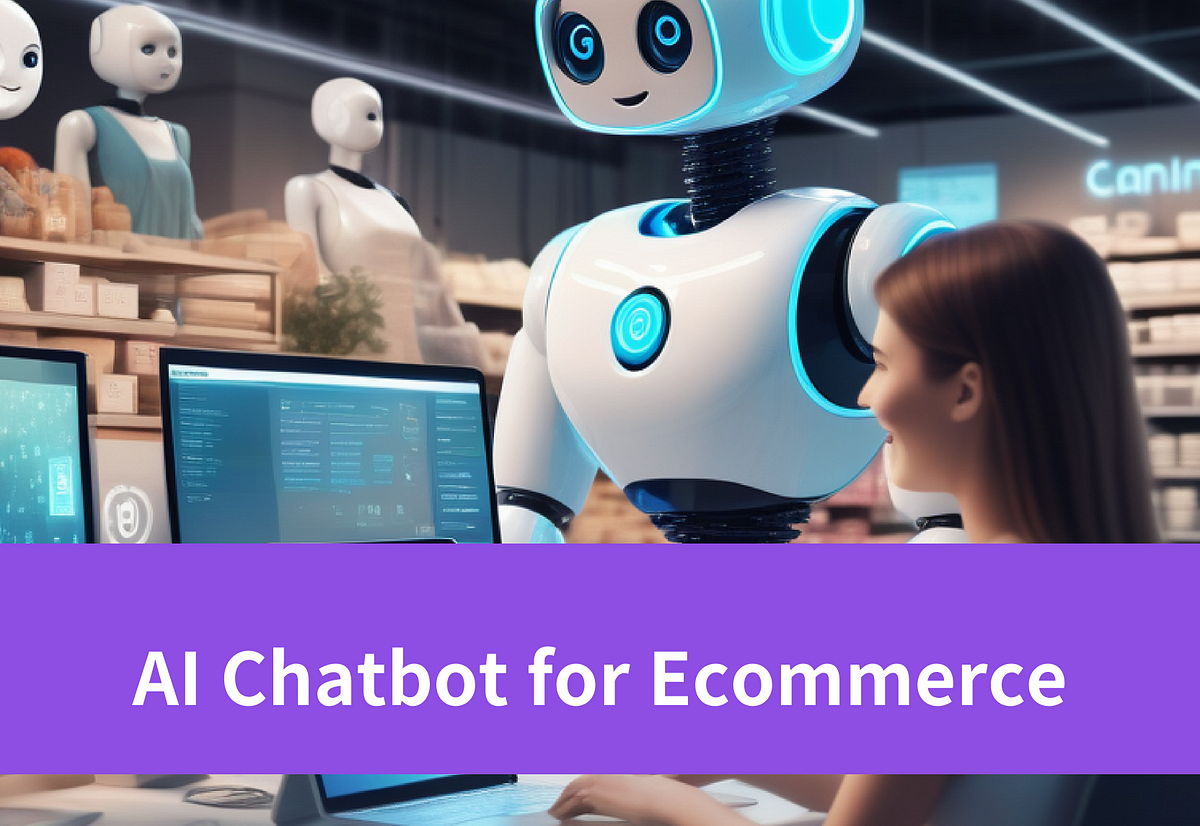
Discover how the AI chatbot for ecommerce can boost sales and engagement. Elevate your ecommerce success with the best AI ecommerce bot.
Key Highlights
- Learn about the impact of AI chatbots on enhancing customer experience in ecommerce, using analytics and reporting tools to improve interactions.
- Explore the importance of natural language processing in understanding customer intent in marketing efforts.
- Discover essential features for boosting customer engagement and generating leads. Understand the value of integrating with ecommerce platforms.
- Customize options to align with your brand’s voice for a stronger brand identity.
Introduction
In ecommerce, AI chatbots are changing how customers connect with businesses. They help drive sales, increase customer satisfaction, and streamline support services. Through AI and natural language processing (NLP), developers can provide customers with a personalized shopping experience. AI chatbots can answer frequently asked questions and make product suggestions. This blog will explore how these smart tools can take your ecommerce business to success.
Exploring AI Chatbot for Ecommerce
What is an AI Chatbot for Ecommerce?
An Ecommerce chatbot is an AI-powered software that mimics a human assistant and interacts with shoppers during their purchasing process. It is used in online stores to answer multiple customer queries in real time, improve user experience, and drive sales.
Why AI Chatbot is important for Ecommerce?
Chatbots improve customer engagement by providing instant and personalized help to online shoppers. They can provide product recommendations, answer queries, and offer real-time help to create a seamless and user-friendly shopping experience.
Key Features of AI Chatbot for Ecommerce
Multichannel Integration
Multichannel Integration: Capable of integration across various platforms including websites, social media, and messaging apps like Shopify, Magento, or WooCommerce, chatbots ensure consistent and seamless customer service. This leads to improved customer interactions, order tracking, conversion rates, and overall satisfaction. Strong integration enhances the performance of an ecommerce store significantly.
Natural Language Processing
AI chatbots in ecommerce are powered by NLP algorithms to provide accurate responses to customer queries and enhance the shopping experience. By analyzing the complexity of natural language, chatbots customize interactions based on individual preferences.
Global Reach
With capabilities in multilingual support, AI chatbots help ecommerce businesses reach and engage with a broader, global audience.
Proactive Engagement
They can initiate customer conversations with potential customers, offer assistance, and keep the brand at the forefront of the customer’s mind.
Reduced Cart Abandonment
With the ability to intervene during the purchasing process, chatbots can address concerns in real time, thus reducing cart abandonment rates, which are estimated to be near 70%.
Data Collection and Analysis
Chatbots collect valuable customer interaction data, which can be analyzed to improve the customer experience and business strategies.
6 Top Ecommerce Chatbots
1. Tidio

Tidio is an AI-powered customer service platform that helps businesses accelerate their growth in conversational commerce. It can be used in different social media channels that guide customers to have a better experience.
Features
- Lyro conversational AI and NLP bots available: An AI-powered chatbot that can automatically answer up to 70% of customer inquiries.
- Help Desk: Consolidates all customer service tools like conversations and tickets in a single dashboard
- Simple Flows: A no-code automation tool that helps businesses boost their lead generation and sales funnels.
- Integrations: Tidio seamlessly integrates with various platforms, including Shopify, WordPress, WhatsApp, Instagram, and Messenger.
2. Conversica

Conversica provides AI-powered Revenue Digital Assistants that facilitate personalized, two-way conversations via webchat, email, and SMS. These assistants enhance customer engagement by answering queries, driving purchases, and reigniting waning interest without human intervention.
Features
- Personalized Communication: Conversica’s RDAs engage in two-way dialogues with buyers, leveraging insights and preferences to tailor each communication.
- Omnichannel Support: The platform offers conversations through webchat, email, and SMS, providing a consistent brand experience.
- Multilingual Capabilities: It facilitates perfectly timed conversations in multiple languages, catering to a global audience.
- Two-Way Dialog: Unlike generic chatbots, Conversica’s RDAs promote a two-way dialogue that is more engaging and meaningful.
3. Drift
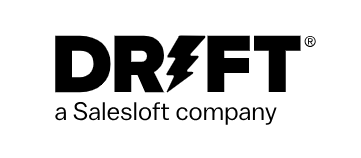
Drift is an AI-powered buyer engagement platform designed to create personalized experiences for customers. It uses AI chatbots to make customer engagement better and increase conversions.
Features
- Conversational Landing Pages (CLPs): These pages enable real-time interactions with website visitors.
- Drift Engage: This tool automatically identifies and understands visitors, triggering custom playbooks to convert them.
- Bionic Chatbots: These bots build and personalize playbooks automatically for a tailored customer experience.
- Site Concierge: A feature that offers a new approach to engaging important visitors on a website through a single widget.
4. Intercom

Intercom helps businesses build better relationships with their customers. It does this through an AI chatbot designed for ecommerce. Intercom uses advanced technology like natural language processing (NLP) and machine learning. This helps it give personalized support and engage customers effectively.
Features
- Instant Support: resolve up to 50% of support volume instantly, providing 24/7 support for customers.
- Tickets: Optimizes the ticket management process to resolve complex issues efficiently.
- Workflows: Enables support leaders to automate processes and scale their operations.
- Outbound Messaging: Proactively sends messages to get ahead of known issues and reduce inbound volume.
- AI Insights & Reporting: Provides robust performance-boosting analytics and optimization tools for support leaders.
5. Zendesk

Zendesk is a customer service software platform designed to enhance retail and eCommerce customer experiences.
Features
- Omnichannel Support: Provides seamless interactions across chat, email, phone, and social media.
- Complete Shopper Profiles: Integrates data from inventory, billing, and shopping history to personalize customer service.
- AI and Automation: Uses Answer Bot and automations to handle FAQs and streamline support.
- Vendor Management: Manages relationships with suppliers, distributors, and vendors.
6. ChatBot

ChatBot is an AI-powered platform designed to automate customer interactions across various channels. It provides tools to create, deploy, and manage chatbots efficiently.
Features
- Small Talk: Maintains natural conversation flow. Auto-generates chatbots by scanning websites and help centres.
- Live Chat Automation: Transfers chats to live agents when needed.
- Support Tickets: Integrates with systems like HelpDesk and Zendesk.
- Visual Builder: Intuitive chatbot editor with testing tools.
- Templates: Ready-to-use chatbot templates.
- Rich Messages: Engaging responses with images, GIFs, and buttons.
Best AI Chatbot for Ecommerce Examples
Sephora

Sephora is a leader in the beauty industry. It was an early adopter of messaging bots, launching a chatbot on the Kik messaging app in 2016. Sephora’s Kik chatbot allows customers to ask for information about makeup tips, video tutorials, and product recommendations. Customers could even use the chatbot to find products featured in Sephora tutorials and get reviews and ratings on products.
Nike
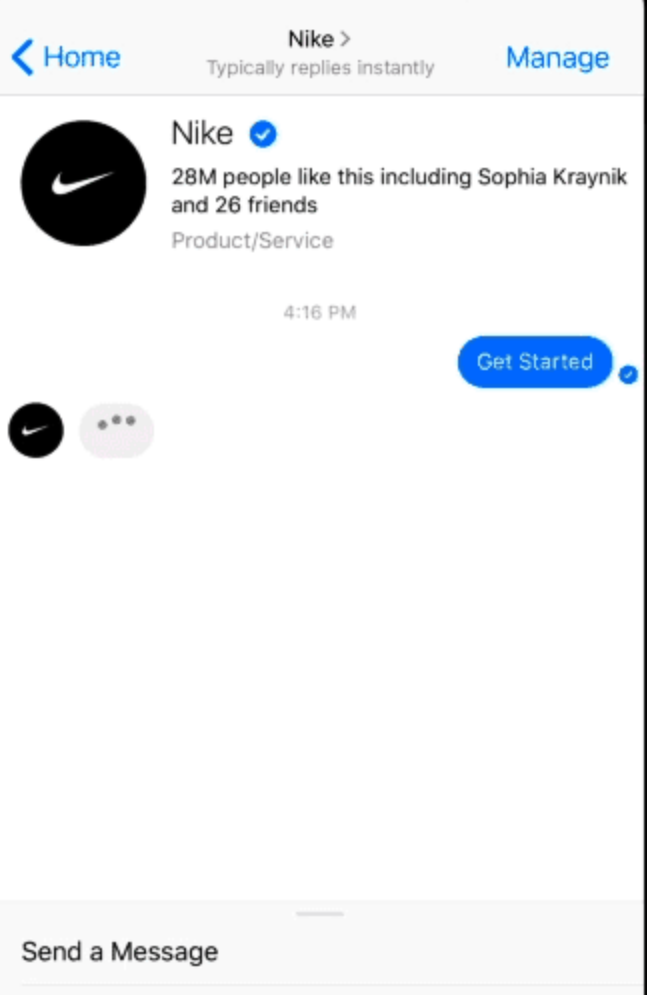
Nike has leveraged chatbots on both Twitter and Facebook Messenger to connect with consumers, promote events, and enable product browsing and customization. The chatbots aim to provide an interactive, engaging experience for Nike’s customers across these social platforms.
H&M

H&M stands out for its unique way of connecting with customers. Its chatbot is designed to provide style tips and recommendations to users. The chatbot then uses this information to provide personalized style tips and outfit recommendations. Users can save, share, and search for the outfits suggested by the chatbot in the customer journey.
Implementing AI Chatbots
1. Identifying Your Ecommerce Needs and Goals
Define your business goals and customer challenges to shape your e-commerce strategy and drive sales. Explore how AI chatbots simplify tasks like customer support, order tracking, and boosting sales. Consider platforms like Facebook Messenger or live chat for communication. Understanding your audience and objectives will help you select the right features for your AI chatbot, enhancing the shopping experience through tailored tasks.
2. Selecting the Right AI Chatbot Solution
Choose an AI chatbot solution for your online store that is compatible with your current system and offers features like natural language processing, customization options, and robust analytics. Select an API that suits your needs in terms of language support, response capabilities, and cost that aligns with your brand’s voice and scalability requirements to prioritize customer satisfaction and engagement.
3. Setting Up the Development Environment
Obtain API keys and access credentials from the LLM provider. Set up a development environment with the necessary tools and libraries.
4. Integrating the LLM API
Use the API documentation to integrate the LLM into your chatbot application. Implement functions to send user queries to the API and receive responses.
5. Integrating the Chatbot into Your Ecommerce Platform
To integrate a chatbot into your ecommerce platform, ensure compatibility with systems like Shopify. Simplify data transfer using APIs. Customize the chatbot to align with your business requirements and choose a platform that provides robust support for seamless integration. Create a user-friendly interface where users can interact with the chatbot.
6. Testing the Chatbot
Conduct thorough testing to identify and fix any issues. Test different conversation flows and edge cases.
7. Monitoring and Optimizing
Monitor the chatbot’s performance and user interactions. Continuously optimize the conversation flow and model based on analytics and user feedback.
Efficient Approach to Develop Ecommerce Chatbot: LLM API
As you can see, choosing LLM API is a key point for developing ecommerce chatbots while it’s demanding. We recommend Novita AI, an easy-integrating and cost-effective AI API platform for you. This platform features different models including the latest meta-llama/llama-3.1–405b-instruct. Here is a simple guide, let’s try it!
Step-by-step Guide with Novita AI LLM API
- Step 1: Enter Novita AI and Create an account. Get $0.5 in API Credits for Free with Your First Login!
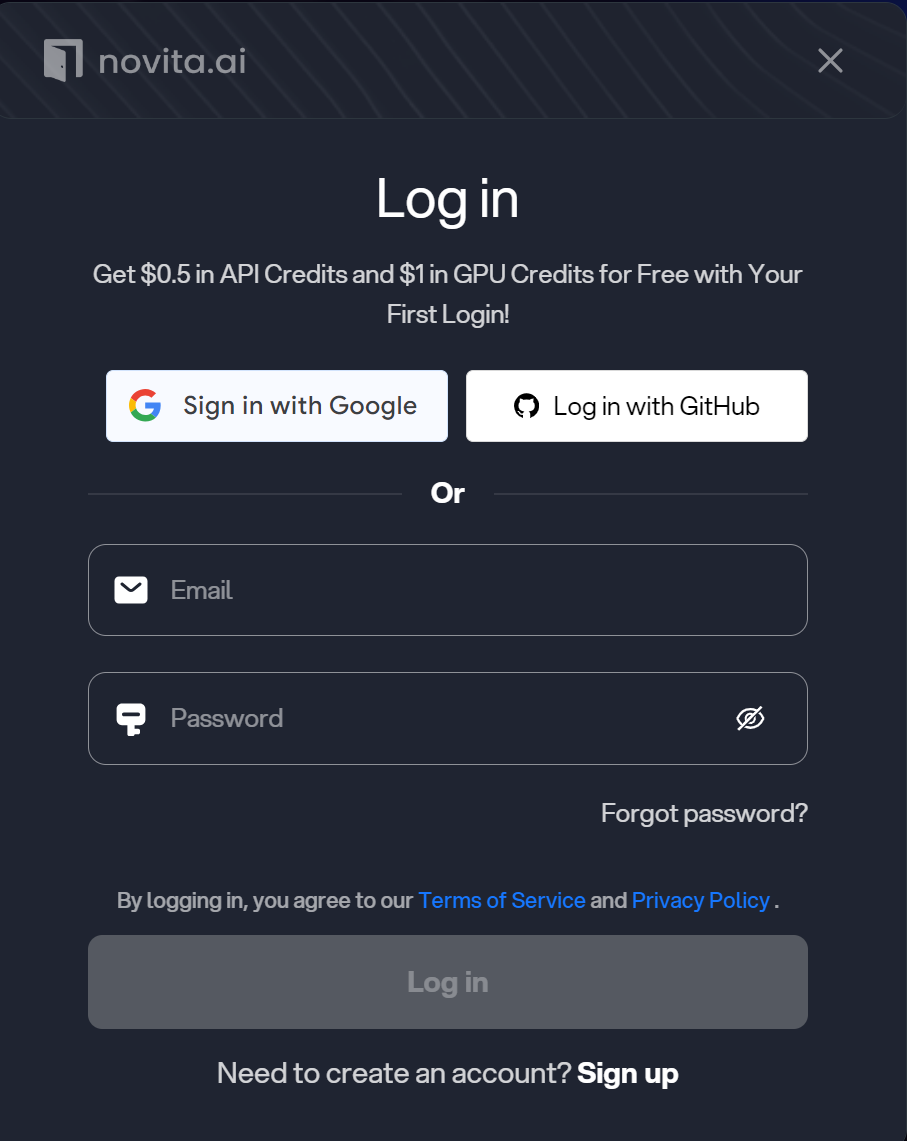
- Step 2: Go to “Novita AI LLM API Key” to manage your keys. You can click copy to get your keys.

- Step 3: Go to Novita AI LLM API Reference. Then enter your API key in the backend to continue the integration.
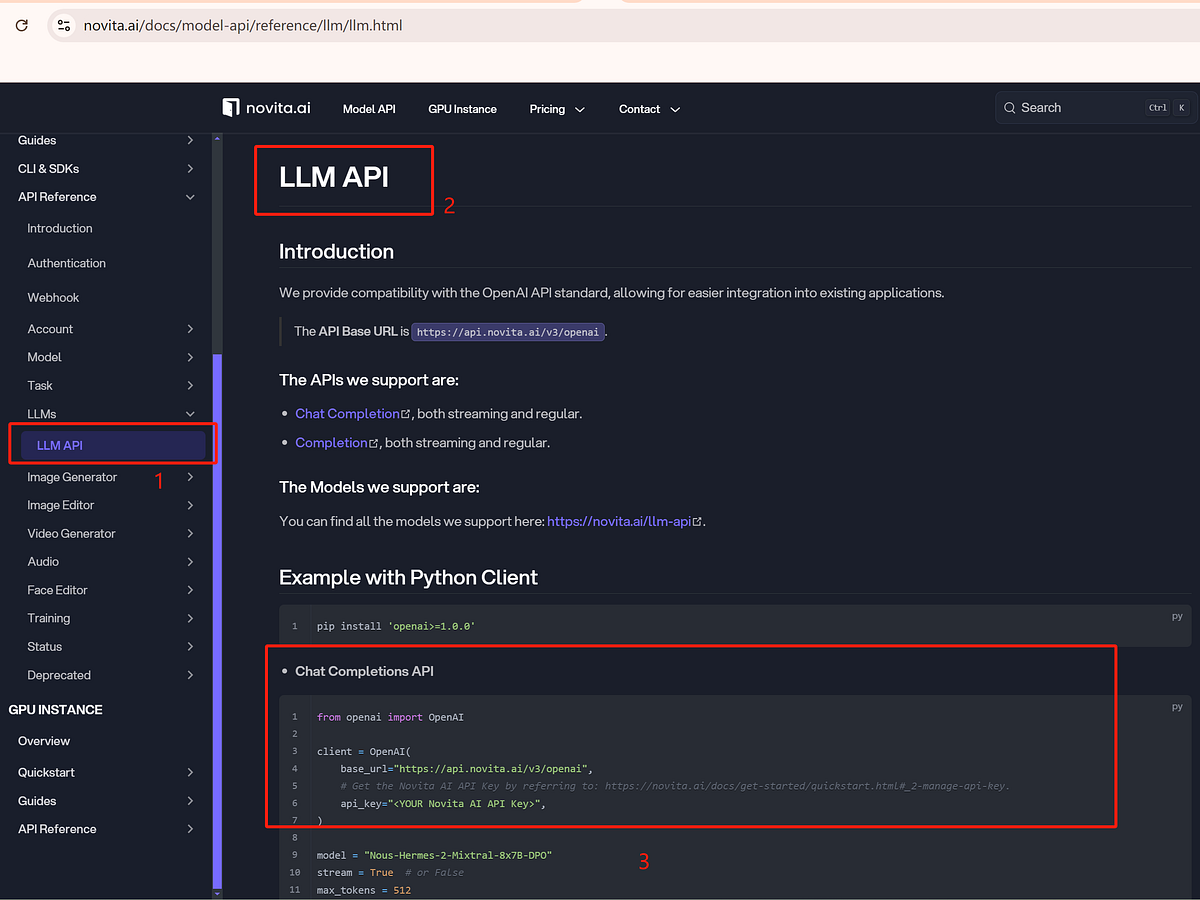
- Step 4: You have a voucher yet with restricted credits to test our products. To add more credit, please visit Billing and Payments and follow the guide on Payment Methods.
Best Practices for Maximizing Chatbot ROI in Ecommerce
Continuously Training Your Chatbot
By constantly training the AI chatbot with new information, you allow it to learn about customer preferences and behaviours. This will lead to improved responses, product recommendations, and potentially higher conversion rates, resulting in a seamless shopping experience, happier customers, and increased sales.
Encouraging User Feedback
User insights lead to smarter, more satisfying interactions. By collecting chat feedback, you can identify areas for improvement and ensure chatbots adapt to changing customer needs. Utilize user feedback to improve chatbot performance and deliver exceptional customer service.
Cross-Selling and Upselling
Using chatbots for cross-selling and up-selling in online stores can increase revenue by recommending complementary products to customers based on their preferences. Analyzing customer behaviour and past purchases in real-time, chatbots provide valuable product recommendations during the shopping process. Effective cross-selling and up-selling through chatbots boost sales and enhance the overall shopping experience, thereby increasing conversions during the buying journey.
Conclusion
In conclusion, using an AI chatbot in your ecommerce plan can help you connect better with customers. It can also make support easier and increase sales. These chatbots have smart features like natural language processing and customization. They meet what today’s consumers want, which is personal service. By using AI chatbots, online retailers can make the shopping experience smoother. They can answer customer queries right away and improve conversion rates. Adopting conversational AI in your customer service is important to stay ahead in the changing world of ecommerce.
Frequently Asked Questions
Does Amazon have a chatbot?
Yes, Amazon has a chatbot that can be used to customize the user experience and get information from databases that contain customer or account information.
How to measure the success of an AI chatbot in ecommerce?
Use conversion rates, customer satisfaction scores, and response times to check if it improves customer interactions and increases sales by ecommerce bot.
Why do most customers prefer chatbots?
Customers may prefer chatbots for instant support, self-service, and in-chat media. Some customers may prefer chatbots when buying embarrassing products, as they may feel less judged by a machine.
How does Shopify use ecommerce chatbot?
Shopify ecommerce chatbots can help with customer service and can act as virtual assistants for shoppers at the Shopify store. They can answer common questions and provide personalized recommendations with minimal human assistance.
Novita AI is the All-in-one cloud platform that empowers your AI ambitions. Integrated APIs, serverless, GPU Instance — the cost-effective tools you need. Eliminate infrastructure, start free, and make your AI vision a reality.
Recommended Reading